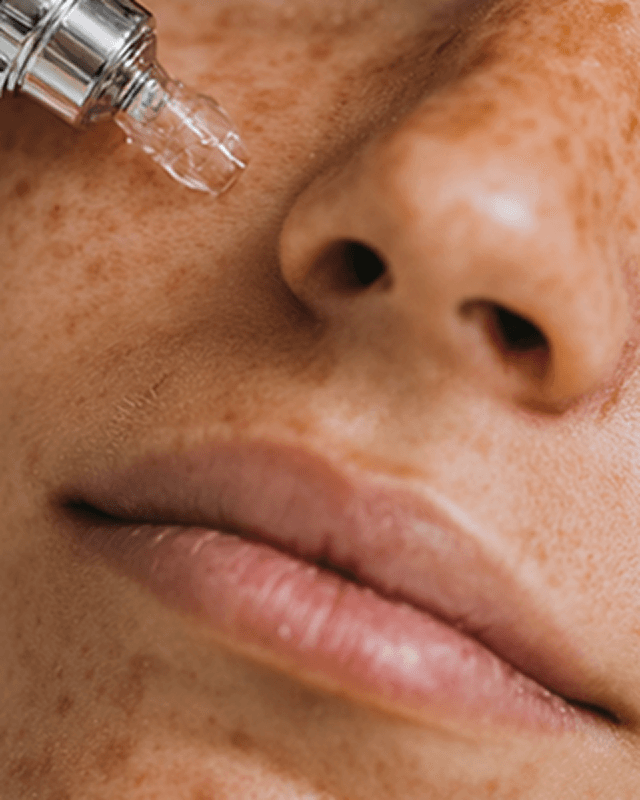
About Vaginal rejuvenation & tightening
If you're looking for Vaginal rejuvenation & tightening in Newcastle upon tyne, MARBL makes it easy to compare medical-led clinics in one place. You can compare local clinics for Vaginal rejuvenation & tightening in Newcastle upon tyne without endless searching. Prices typically range from around £674 to £1173, depending on the clinic, treatment area and number of sessions. All clinics on MARBL are medical-led and carefully vetted – we list only around 10% of clinics in the UK that meet our safety and quality standards. Browse verified reviews and book your appointment online in just a few clicks.
Vaginal Tightening & Rejuvenation uses advanced technology to improve intimate wellness, comfort, and function through non-invasive treatment. This therapeutic procedure addresses concerns related to childbirth, aging, or hormonal changes through tissue tightening and rejuvenation. The treatment offers both functional and quality-of-life benefits.
On MARBL, every clinic offering vaginal tightening & rejuvenation is vetted for treatment expertise, comprehensive safety protocols, and quality care standards. Treatments are performed by trained specialists with expertise in advanced aesthetic procedures. Each clinic listing includes transparent pricing, detailed procedure information, and guidance on achieving optimal results through professional care.
Treatment sessions typically take 30-60 minutes depending on procedure scope, with results timeline varying based on individual response and treatment protocol. You can compare certified specialists near you, check real-time availability, view verified reviews, and book vaginal tightening & rejuvenation sessions directly through MARBL — achieving your aesthetic goals has never been more convenient.




























